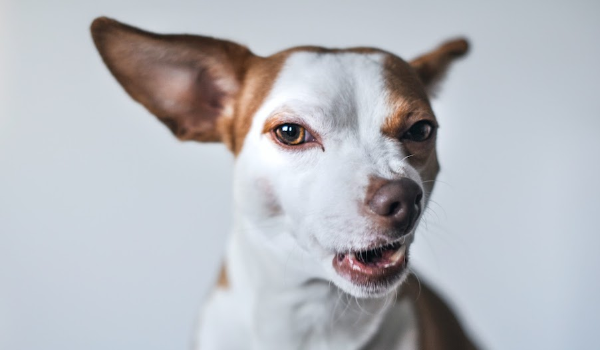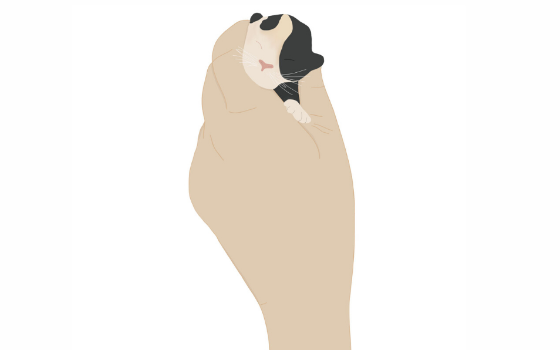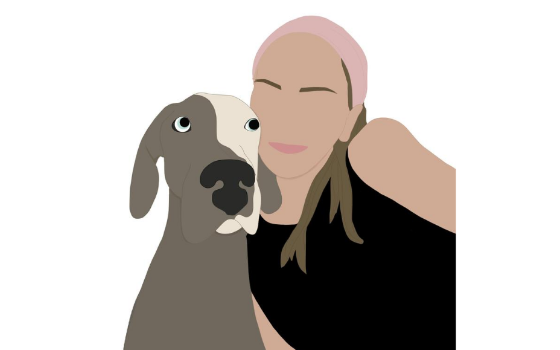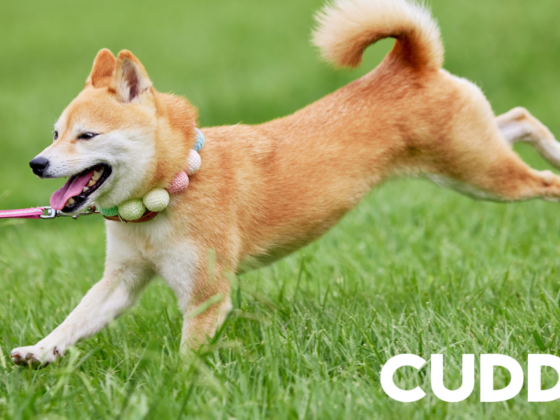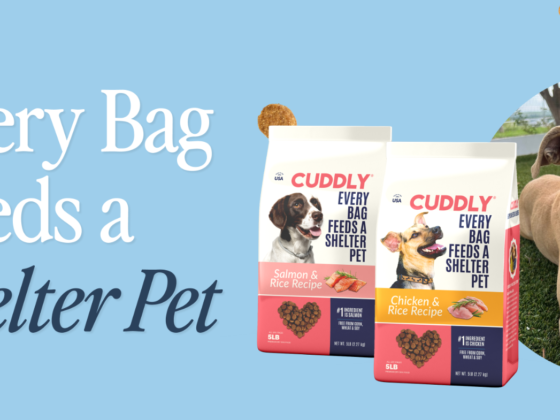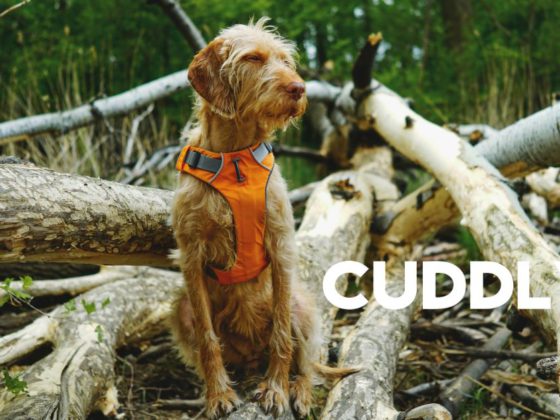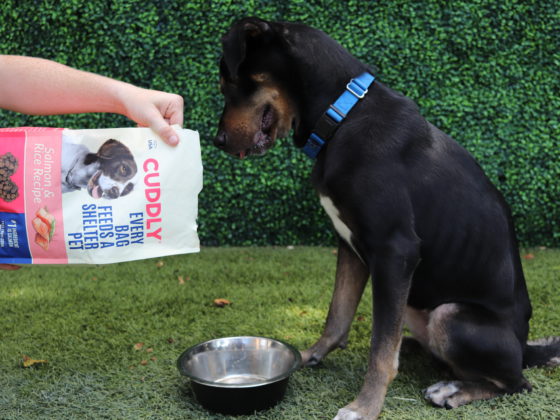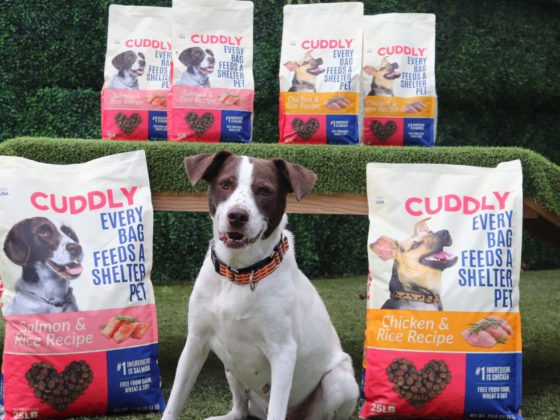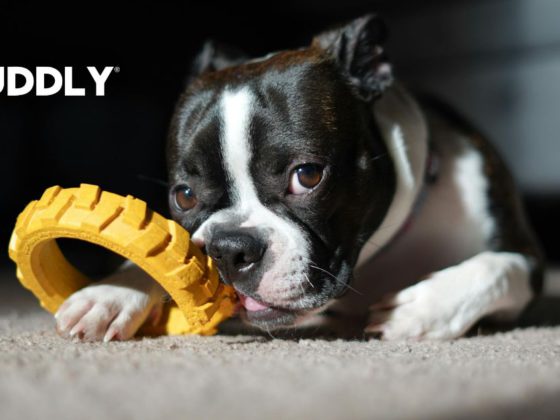What does a happy dog, small dog, tall dog, and chunky dog all have in common?
POOP! That’s right, poop!
Regardless of what kind you have, all dogs poop. And while picking up said bowel movements is one of the least favorite parts of doghood, you can actually tell a lot about an animal’s health based on the color, shape, size, and consistency of their fecal.
Have you ever wondered if your pet’s diet is right for them? If they’re getting all the nutrients they need? If they’re getting enough food or water throughout the day?
Invest in your dog’s health today and look at his or her poop. Then compare what you see with the list below!
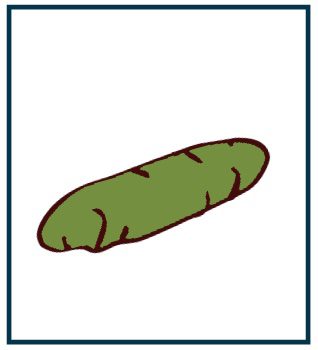
Strange Color
Dog poop should be chocolate brown, however the color can change if your pet’s food has added colors in it.
Another reason your pet’s poop might be a strange color is because of the certain supplements or medication he or she is taking.
If you are seeing contents such as grass or hair in the stool, this could indicate issues such as allergies, stress, or upset stomach.
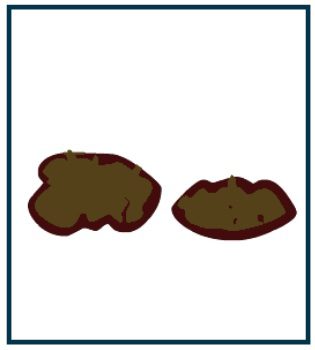
Hard and Small
Small, relatively hard stools are signs that your pet may be constipated or not receiving enough fiber in his or her diet. It can also indicate that your pet is not consuming enough water throughout the day.
Lack of water = Lack of moisture.
Tip: Add in a scoop of unsweetended, canned pumpkin to your pet’s food once a day for additional fiber.
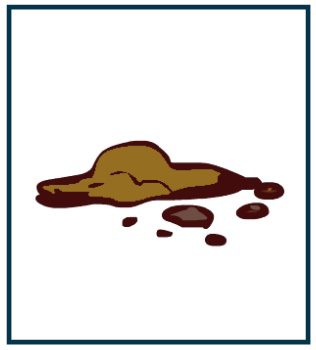
Liquid or Runny
Otherwise known as diarrhea, liquid-like or runny stool can occur if your pet consumes food his or her body is not used to, like table scraps, human food, or new diets. Different kinds of stress can also cause your pet to have diarrhea.
On a more serious note, diarrhea can also indicate more serious issues such as underlining infections, diseases, or parasitic infections, especially if it is accompanied by other symptoms such as lethargy, vomiting, weight loss, etc.
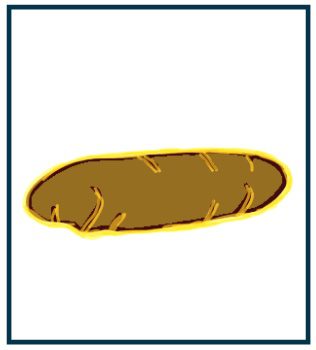
Mucous-Coated
Every dog’s colon is lined with a gel-like substance that helps move stool through the bowels.
If mucous is present on your dog’s poop, it could mean that your pet maybe dehydrated and that their fecal didn’t have enough moisture to move appropriately through the colon.
It can also mean that there is inflammation in your pet’s colon as a result of stress, infections or parasites.
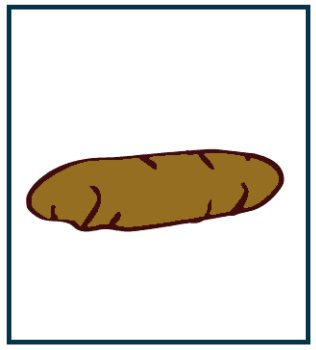
Compact and Moist
If this is what your dog’s poop looks like, congratulations! This is how it SHOULD look.
Normal stool should be brown, shaped like a log, and should maintain its form when picked up.
Note that the volume of your dog’s stool will all depend on the amount of food he or she is eating.
Now you’re an expert on dog poop! Wahoo! (*pins badge on your shirt*)
Please keep in mind that while these are general concepts about dog poop, every pet is unique and different in his or her own way. Your dog’s ‘healthy’ poop may vary from others – and that’s okay. The most important part is that you stay aware and if you see any changes to your pet’s bowel movements, consult your veterinarian.
Worried that you may be feeding your dog the wrong food? Click here to read the truth about some diet trends.
Want to increase the health of both you and your pet? Click here
Related Articles:

